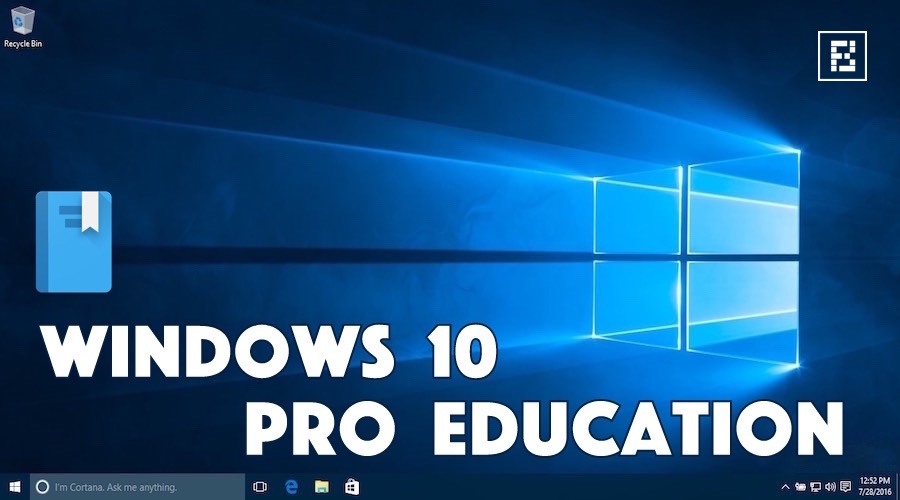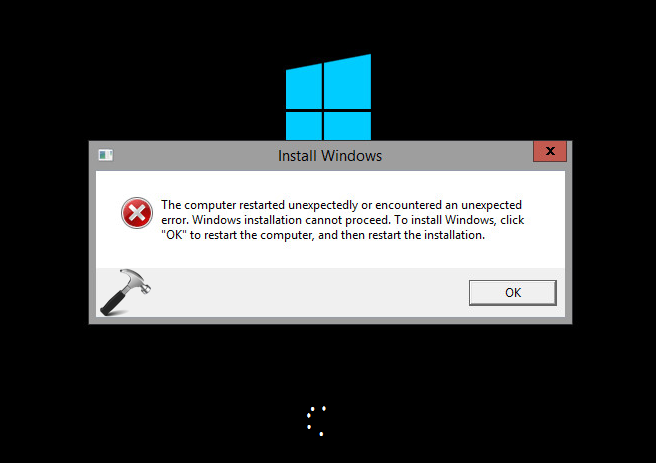Hi @tamim013 Welcome to InsanelyMac.com. The flashing folder with a question mark indicates that there is no operating system installed or detected by your MacBook Pro not that the HDD is not detected by macOS although that might be the case if the HDD itself is not recognized by the logic board. Instructions for installing Windows 10 on an Apple Mac using Boot Camp Assistant. It’s only possible to do this with an Intel-based Mac. To do so, follow the steps from above but press Shift + Option + Cmd + R to boot into macOS Recovery instead. After you do so, click the Reinstall macOS button and your Mac will install the closest available version of macOS to what it shipped with. Jan 24, 2017 The easiest way to install the OS onto your new drive is to first leverage your old HD if it's still working. To do this you'll need to get a SATA to USB adapter like this: Startech 2.5' SATA to USB adapter that will allow you to have both drives connected at the same time to your system. Then down load from the App Store the OS installer if.
First, right-click the USB drive in Disk Utility and click “Erase.”. Format your USB drive as “Mac OS Extended (Journaled)” and choose the GUID Partition Map scheme. If you can’t find the option to set the partition table, make sure you’re selecting the “View - Show All Devices” option. Right-click on the USB drive, click Erase.
Those who still rely on older Mac OS X operating systems, know these still are going strong. There are so many things you can do with past OS X — like Lion, Mavericks or Yosemite — each one of these operates flawlessly. So if you’re looking to give your Mac a fresh start with just a classic Mac OS X and nothing else, to clean install Mac OS from USB is the best option for you.
To clean install Mac OS from USB, there are three things you should do. First, you should clean up your Mac from the old baggage — system files that have piled up over time. Once it’s all cleaned up, the next you should do is backup your newly cleaned Mac. And finally, after doing a backup, you can clean install OS X of your choice from USB.
We’ve got the steps outlined below, so let’s get to it.
Step 1: Clean system junk on your current Mac OS X
Whatever OS X you are currently on, system junk and outdated cache files are a potential source for software conflicts. Having cleaned them up, you may discover around 35 GB of newly created space previously taken by junk. What's more, old caches may interfere with your new Mac OS X installation, so this step is pretty essential.

Cleaning can be done either manually or using a dedicated app. If you don’t want to spend the next 20 minutes on repetitive clicking and typing, jump right to the automatic solution further down.
The manual way to remove old user caches:
- Click on a Finder window and choose “Go to Folder” in the Go menu.
- Type in ~/Library/Caches and click Enter to go open the folder.
- Go through each of the folders and remove their contents.
Note: Do not remove the folders themselves, just their insides.
Next off, do the same steps, but now replace...
~/Library/Caches with… /Library/Caches
Automatic solution for system junk cleanup
There are many nice apps that offer a quick Mac clean up. Among those, CleanMyMac 3 is our favorite as it looks most user-friendly of all. It scans your hard drive for old caches, broken apps, and app leftovers so you can remove all unwanted files in a minute or two. After all, a newly installed OS X feels better on a clean computer.
Download CleanMyMac and then follow the steps:
- Launch CleanMyMac 3.
- Click Scan.
- Click Remove.
And you’re done. If you want to clean up more junk on your Mac, go through each of the modules located on the left panel of the app. It’ll help you clear out gigabytes of junk that you probably didn’t even realize were there. Once you’ve finished the cleanup, head to the next step.
Step 2: Back up your Mac
Before you begin to reinstall Mac OS from USB, you should back up your Mac. Note: If you don’t do this step, you will not be able to recover files, nor restore anything if something goes wrong. To back up your Mac:
- Open an app called Time Machine.
- Click “Select Disk.”
- Select where you wish to save your files (an external drive works best, Apple Time Capsule is a safe bet).
- Click “On” on the left-hand side of the screen to turn Time Machine on.
- On the right, under the name of the storage device, there are three lines that say, “Oldest backup,” “Latest backup,” and “Next backup.” Your backup should be scheduled within the next 5 minutes.
- Don’t want to wait? In the menu bar at the top of your screen, a few icons left of the Date & Time, click on the “arrow clock” icon and select “Back Up Now.”
Step 3: Installing Mac OS from USB
You will need 3 essential things:
- The OS X Installer (downloaded from the App Store)
- The backup of your old system
- Startup drive to install OS X on
Once it’s all prepared, it’s time to clean install OS X. But first, you need to create a bootable drive using a USB containing Mac OS X of your choice. Don’t know how? Then read on.
How to create a bootable USB flash drive
1. Connect your Mac to the USB flash drive. It should have at least 12 GB of available storage.
2. Open Terminal from the Utilities folder of your Applications folder.
3. Type or paste the following commands in Terminal:
Mavericks:

Yosemite:
El Capitan:
4. Press Return.
5. Type your administrator password and press Return.
6. When prompted, type Y to confirm that you want to erase the volume and press Return. You'll see the progress as the bootable installer is created.
7. Quit Terminal when the process is finished.
How to install the OS from USB
1. Plug in your bootable USB drive and Restart your Mac while holding the Option key. Make sure to keep it pressed down!
2. When it restarts, you’ll have a few options. Choose your USB Installer.
3. Next, select the Disk Utility option.
Macbook Pro Os Download
4. In the window, at the top of the left bar, select your Mac’s Main Drive.
5. Next, to the First Aid button at the top, click the Erase button.
6. Now, near the center of the window, select the Format drop-down list and select “Mac OS X Extended (Journaled)” as the type.
7. Click Erase (this will erase your main drive) and allow time for the drive to format.
8. When it’s finished, close out DiskUtility and select “Install OS X” from the menu.
9. Select your main drive and install a new OS X on it.
Follow the installation prompts and enjoy your new operating system. And if you want your new OS works smoothly for a long time to come, use a great cleaning and maintenance tool we've mentioned above — CleanMyMac 3. The app will take care of your Mac, so you'll get the most out of your computer again. Try it now!
macOS Big Sur elevates the most advanced desktop operating system in the world to a new level of power and beauty. Experience Mac to the fullest with a refined new design. Enjoy the biggest Safari update ever. Discover new features for Maps and Messages. And get even more transparency around your privacy.
Check compatibility
macOS Big Sur is compatible with the following computers. If your Mac isn't compatible, you might be able to install an old version of macOS instead.
MacBook introduced in 2015 or later
MacBook Air introduced in 2013 or later
MacBook Pro introduced in late 2013 or later
Mac mini introduced in 2014 or later
iMac introduced in 2014 or later
iMac Pro
Mac Pro introduced in 2013 or later
View the complete list of compatible computers.
If upgrading from macOS Sierra or later, your Mac needs 35.5GB of available storage to upgrade. If upgrading from an earlier release, your Mac needs up to 44.5GB of available storage. To upgrade from OS X Mountain Lion, first upgrade to OS X El Capitan, then upgrade to macOS Big Sur.
Download macOS Big Sur
If you're using macOS Mojave or later, get macOS Big Sur via Software Update: Choose Apple menu > System Preferences, then click Software Update.
How To Install New Operating System On Macbook Pro 14
Or use this link to open the macOS Big Sur page on the App Store: Get macOS Big Sur. Then click the Get button or iCloud download icon.
Install macOS Big Sur
After downloading, the installer opens automatically. Click Continue and follow the onscreen instructions.
Please allow installation to complete without putting your Mac to sleep or closing its lid. During installation, it might restart and show a progress bar or blank screen several times. You might find it easiest to begin installation in the evening so that it can complete overnight, if needed.
Stay up to date
After installing macOS Big Sur, you will be notified when updates to macOS Big Sur are available. To check for updates, choose Apple menu > System Preferences, then click Software Update.